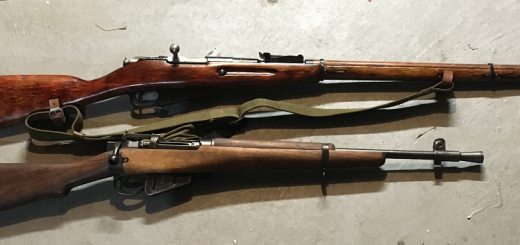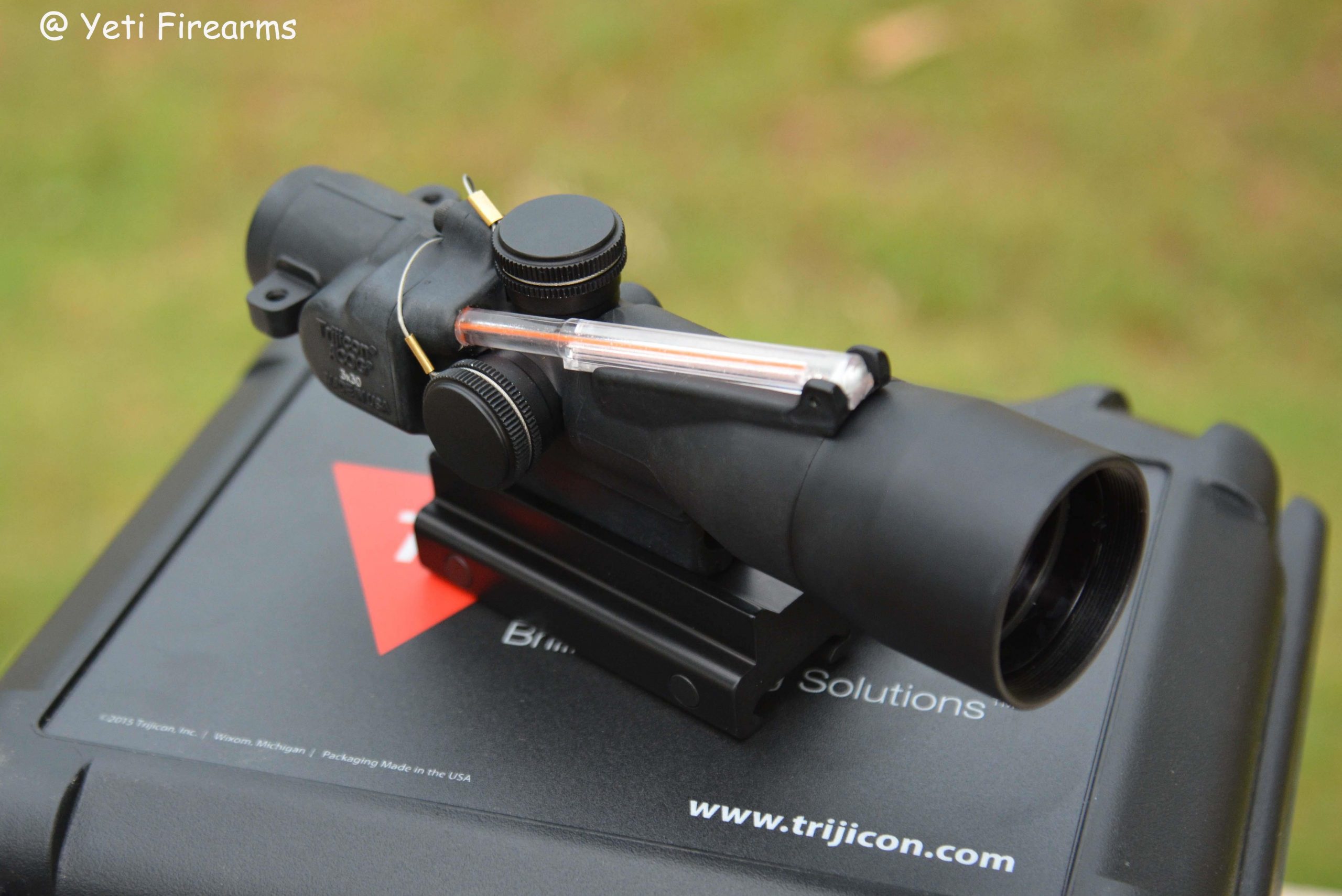Restoring Milsurp Part 2: CMP Rack Grade Garands
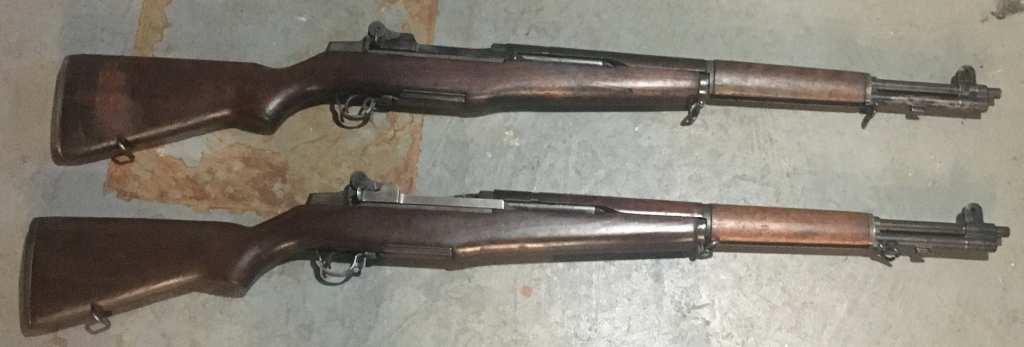
Intro
Shortly after my “Restoring Milsurp” article was published in December last year https://kommandoblog.com/2022/12/12/restoring-milsurps-in-the-2020s/ I ended up getting bit by the CMP bug again and decided that since the supply of Garands may be dwindling fast after Field and Service grades went the way of the dodo last year, it might be prudent to pick up a Rack Grade Garand while they’re still available.
This article technically is a follow up not only to the above linked article, but also in a way my review of the Expert Grade Garand I did in November of 2021 when that grade was first introduced: https://kommandoblog.com/2021/11/29/cmp-expert-grade-m1-garand-review/ Along with these Expert Grades, Rack Grades are the only other offering that remain for CMP M1 Garand sales. In contrast to the Expert grades with their new manufactured Dupage walnut stocks and Criterion barrels, Rack Grades are the lowest grade of actually shootable Garands offered by the CMP. The description from the CMP’s site reads:
“Most of these rifles have been refinished or rebuilt several times while in military service and will have some parts from other manufacturers. RACK GRADES ARE SOLD AS IS WITH NO RETURNS OR EXCHANGES. Rifle wear will be exhibited by worn and mixed colors of the finish; there will be rust and pitting on the metal parts; wood will be basically sound but may be well used with minor hairline cracks, poor fit, many digs, scratches and gouges; wood may not match in color, type of wood or condition. These rifles may have some foreign parts and wood may be Walnut, Birch, Beech or other variety. Rifles do not have import marks. Bores will be dark and poor; the barrel crown may be nicked, and the muzzle may gauge more than “3” on muzzle gauge. The Throat Erosion may gauge more than “5”. The rifle is head spaced with a field gauge and function fired. The overall appearance and condition of the rack grade will generally be rougher than any other grade. Fair condition.”
The muzzle and throat erosion gauge numbers are significant here as the “3” muzzle and “5” throat measurements represent what the Ordinance department considered acceptable for service when Garands were still issued. Essentially these Rack grades are all of the bottom of the barrel components that can be scrapped together into a functional rifle- functional not necessarily serviceable.
To try to hedge my bets, I bought two: one to keep and one to sell afterwards. The keeper was hopefully going to be good to go right off the bat and the bad one would just need a few new parts to get it in a decent sellable condition. I found these parts shopping around in preparation for my rifles arriving that will allow someone to take one of these $700 rifles and get it improved just enough to get it back in action on the cheap.
Dupage “Utility” Stock Set
Dupage, as mentioned above, manufactures the current reproduction stocks that are utilized by the CMP for their “Expert Grade” Garands and my experience with them was very positive. The walnut stocks are sold by Dupage individually for $160 but they also offer a low cost alternative “Utility” set for $65.
These Utility sets are made of Hackberry, a softer, less attractive wood that the CMP was previously putting on some Rack grade and Drill rifles a few years back until complaints came in about them being too unattractive and not having certain features like the cutout for a cleaning kit under the buttplate. An arfcom user posted a picture of one of these hackberry stocks stripped and refinished with tung oil and this was the result:

Dupage seems to have finished these Utility stocks with some kind of stain that helps the appearance a bit and for $65, it’s an affordable option that quickly gets you into a stock that looks the part if you Rack grade was a cracked, chipped, or rotted mess. https://www.dupagetrading.com/product/utility-grade-m1-rifle-stock-set/

Sarco Modified Italian Stocks
A popular alternative to the above stock set that is also quite affordable are the modified stocks offered by Sarco. These started life as post war Italian TIPO-2 Garand copies in 308 Winchester. As a result, the stocks were slightly shortened for use with parts optimized for 308 instead of 30-06 but Sarco got their hands on a bunch and due to high demand, spliced an extension to the end of these for use with USGI 30-06 Garands. For $50 you’re getting a high quality and attractive piece of walnut, thought unlike the Dupage mentioned earlier, these are the bottom stocks only (no top or front handguards included) and also do not have any metal hardware included. But if all of those parts are salvageable on your Rack grade, this is another option that will heighten the appearance and hardiness of your Garand in the event you were shipped a piece of driftwood for a stock. https://www.sarcoinc.com/m1-garand-stock-only-wood-only/

Barrels and Re-barreling Services
As I mentioned in the opening paragraph of this section, perhaps the most worrying disclaimer of the Rack grade description if you are getting one of these for a simple recreational shooting or plinking is the possibility of getting an excessively worn barrel that won’t hold a group.
What was more troubling was reading online that some Rack grades were not shipping with the toe tags that detailed bore and throat readings anymore which paints a grim picture for the quality of barrels that are left. The gauges to measure these parts vary in price and quality but prepare to at least pay $30 for both. I didn’t feel like doing that so I just checked the bores out with a light and did the ol field expedient bore test with a 30-06 round inserted bullet first into the front of the barrel to see if it would be swallowed.

The CMP custom shop offers brand new barrels and rebarreling services for a reasonable price (MSRP on a Garand barrel direct from Criterion is $295 but from the CMP is $189. Rebarreling service costs $95) but they are not the cheapest method of getting a serviceable barrel if you just need something within USGI spec.
Garand barrels are thankfully fairly easy to come by aftermarket. Places like Apex Gun Parts, Numrich, or Royal Tiger Imports all have original production take off barrels that vary in quality but all are under $100, some even under $50. You’re admittedly gambling a bit on some of these barrels but if the Rack grade you got came with an absolute sewer pipe of a barrel, you can pick up 3-4 $35 barrels, give them a thorough look, keep the best one, and send the others back for a refund. Even if you have to pay a little extra for return postage or a restocking fee, think of it as a “hand select” upcharge.
Maybe the single best find I came across while formulating a possible refurb of my Rack grade was a rebarreling service offered by a certain machine shop who shall remain nameless. Provided you send them a used USGI barrel and pay for shipping both ways, these guys will install, index, and headspace it to your gun for $35 (!!!) Almost feeling like this offering was too good to be true, I reached out to them to confirm the price and to let them know I was giving them a shout out in this article and this was their reply-
“Please don’t give me a shout out. I don’t want to be slammed with the work. Doing the rebarrel is dumb easy. It takes 15 minutes and most gunsmiths bend people over on price.”
It was at this point any inkling that the service might be a scam quickly went away. To honor the gunsmiths request, I will not publish the name of his business here but if you are someone actually in need of a new barrel on your Garand, search “Garand rebarreling service” on Google and you will find his business on the first page of results, it just may take a few tries.
Misc.
The only upgrade I would universally recommend regardless of gun condition is a replacement spring kit just to make sure that the mechanical function of the rifle was working tip top. Many manufacturers make kits like this (Fulton Armory, Wolff, Garand Gear) for around $30 and I opted for the kit offered by Orion 7 (www.m1garand.com) as it came with a stainless steel oprod spring that has a very good reputation for extending life over a normal USGI spec carbon spring.
In stark contrast to guns like the Mosin or SKS I was talking about in my last article, Garand parts are plentiful and still relatively affordable. I have to believe the popularity of these guns thanks to the CMP is the direct cause.
My Guns
My Rack samples arrived just before the New Year about 2 weeks after I mailed the packet in. I had “stickied” for high serial numbers and drew a late 3 million serial Springfield from August of 1944 and an early 5 million Springfield from approximately 1956. “Sticky” for those that don’t know is a term used by frequent CMP buyers to denote a very short request on your order form for manufacturer, high or low serial number, barrel/stock condition, etc. The CMP is by no means obligated to honor these requests, but reading the CMP forums it seems like people are generally pleased with the results of their requests.
The 3mil gun had a 1950 barrel in it and the 5mil bafflingly had a 1943 barrel in it. Both guns appeared to have predominantly SA marked parts. The stock on the 5mil gun was grimier and appeared to have had a rack number painted on the right side of the buttstock but it had been scrubbed off. It also had a buttplate held on by two different kind of screws. One appeared to be a new, shiny, phillips head deck screw. The finish on the front sight assy/gas tube was also splotchy on the 5mil gun and surprisingly quite clean on the 3mil. Both guns looked halfway decent above the woodline butthe wartime gun unsurpriingly had some pretty serious rusting covered normally by the stock.

Despite the corrosion, I decided that the ultimate factor in deciding which gun to keep wouldn’t be beauty, but barrel quality. Unfortunately after taking a bore light to both of these, they both looked horrible with shallow rifling and dark and pitted bores. I was hoping for the best but expecting the worst when I took them out to the range to put them on paper.
Range/Zeroing
I took these out to the range and set a target out at about 60 yards to see how these would do. The answer in a word? Bad.
To be fair I was using MKE surplus M2 ball so its not like I was using anything match grade. The purpose of target #1 was mostly to dial in the zero but also give an idea of the grouping. I was shooting 4 shot groups so I could do two groups per gun per clip. Both of the first groups were ok but not great. The second groups opened up a lot as you can see below.
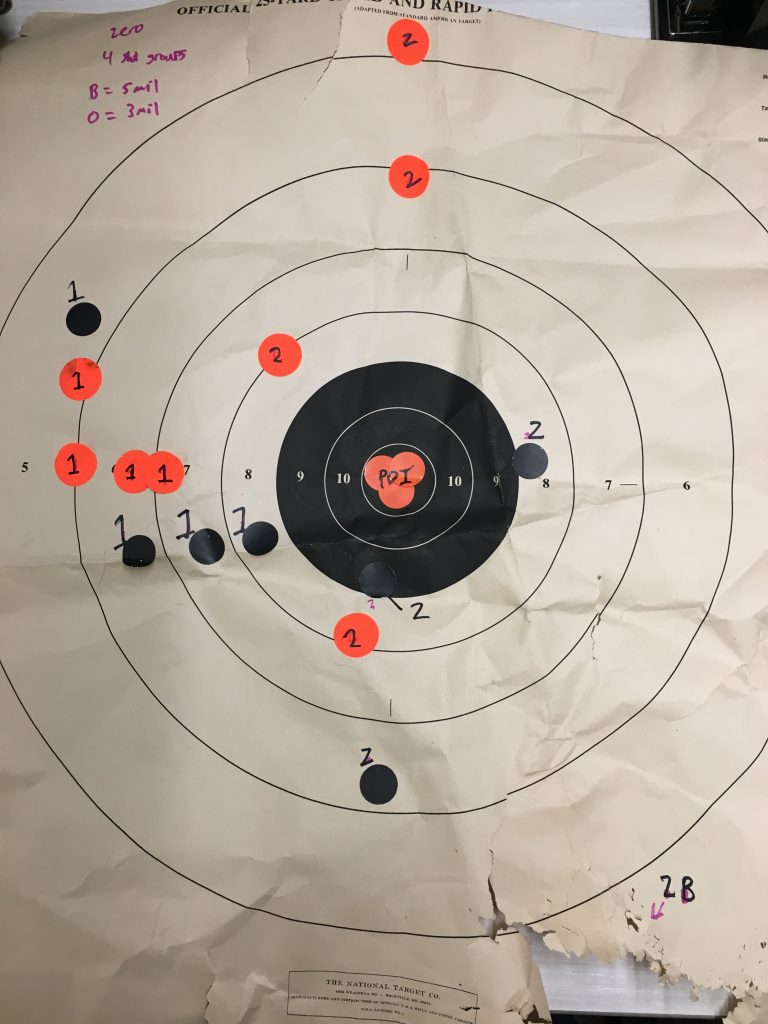
The group improved for the 3mil gun on the second target scoring 7/8 shots on target in a hand sized group while the 5mil gun only had 3/8 way spread out:
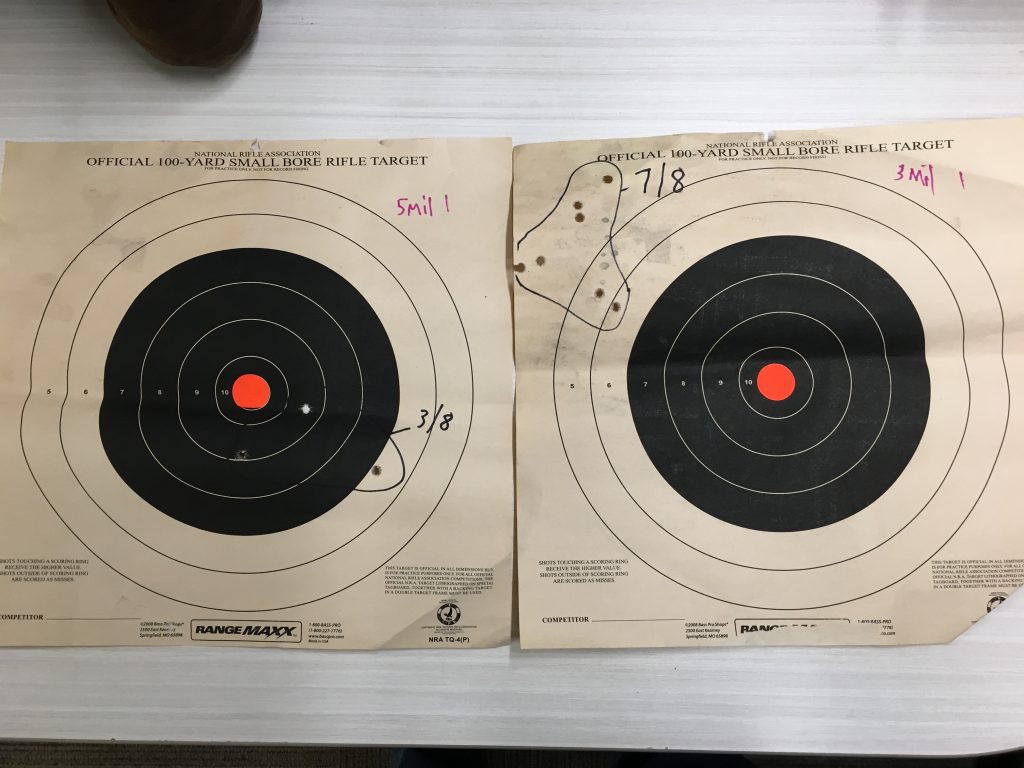
The third set of targets was baffling due to the data being inconsistent with the other two so I decided to stop here and instead of basing the gun I was going to keep on barrel condition, decided both barrels were trashed and I’d just swap all the pretty parts on one and replace the barrel.

Re-barrel & Zero Attempt #2
The replacement barrel I purchased was a bit of a mystery itself. I purchased it for $75 from Apex Gun Parts and it was the last of a small batch of “Very Good” condition blued barrels. Hoping against hope these might be the relatively rare Marlin made post war blued barrels I jumped on it and was delivered a 6 groove rifled blued barrel with no chrome on the gas port and no markings aside from an unintelligible line of text that did not seem original. After a short, rather unhelpful message from Apex and a good deal of online research, the best I was able to discern on this barrel was that it was probably a US made commercial barrel made by either Numrich Gun Parts or possibly a now defunct company called Citadel who made match grade barrels for competition shooters back in the 80s. The script I discovered was an import mark for Springfield Sporters. A new batch of Garand barrels have been added to Apex’s site since I bought mine so at least at the time of this articles publishing, there are a number of barrels being offered by Apex and they all have this Springfield Sporters mark on them. It seems likely Apex may have bought out the remaining inventory of this company somewhat recently. Why a bunch of US made commercial barrels were exported and then brought back into the States requiring an import mark is still a head scratcher for me.


After sending my new barrel and as shipped CMP barreled action and bolt to Rav- I mean… the machine shop who shall not be named, I waited for about 3 days for my package to be delivered via Ground, then was amazed when I received a phone call from the owner approximately 4 hours after my Fed Ex tracking said the action was delivered saying it was good to ship back. All said and done it was back to me in under a week and he even shipped back the original barrel (not that I have much use for it anymore). I reassembled and relubed the gun and then unfortunately had to wait about a month for a trip back out to the range to see how it did.
Sadly I forgot my paper targets at home for this trip so I had to use a folded piece of cardboard spray painted with a square of duct tape for the POA. Same distance of 60 yards, but for the “money shot” below I used some newly purchased M2 spec ammo made by Privi Partizan instead of the MKE stuff. I used that for banging an IPSC plate out at 120 yards afterwards.
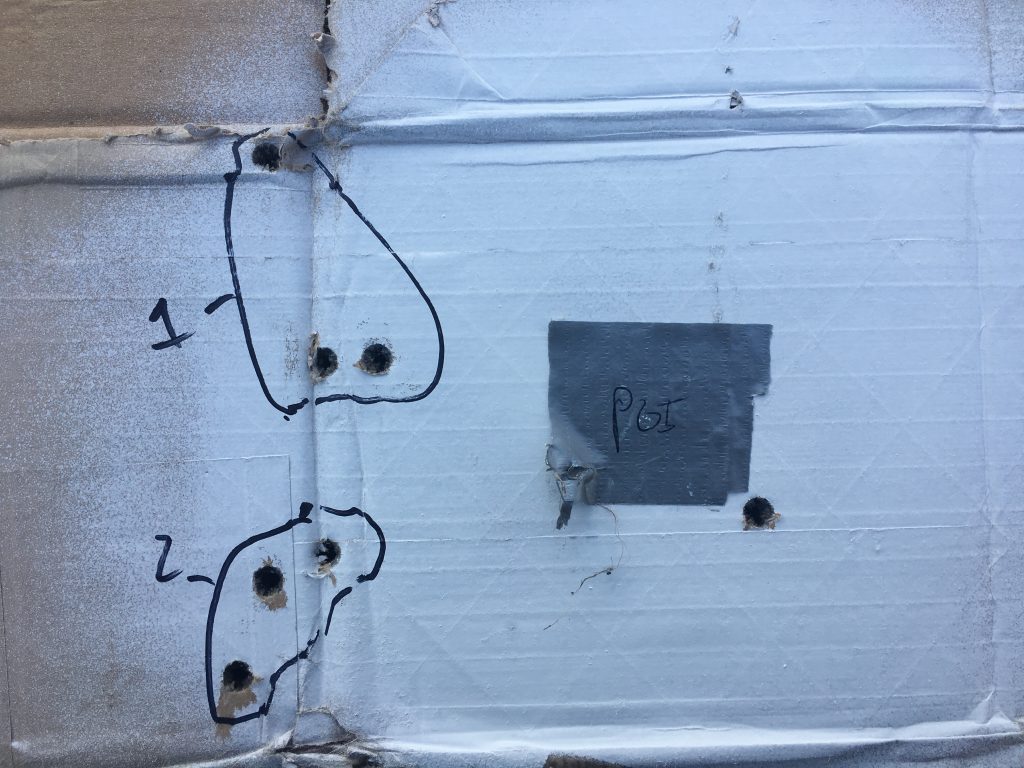
Conclusion / Ammo Disclaimer
As I mentioned above, I brought out some other ammo for the second range trip just so I could be sure the MKE ammo wasnt the problem. While it did group more consistently with the new barrel, I did run into another issue. Out of the 60-ish rounds of MKE I fired, I had 4 instances where the second round in the clip would fail to extract. Upon closer inspection, I found that the fired case was still lodged in the chamber and the extractor had ripped part of the case head off.
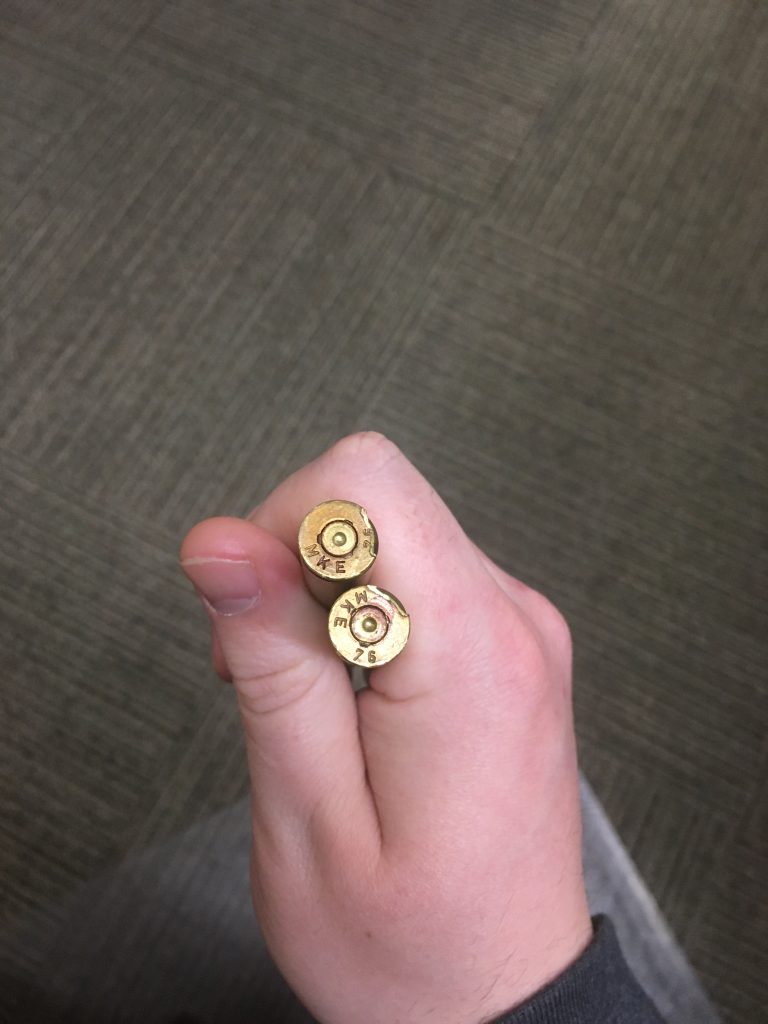
Reviews online of this surplus Turkish M2 ball are mixed, most of the negative reviews I found were of a more serious nature- situations were the ammo would actually cause catastrophic failures. The consensus seems to be that these bad batches are isolated to runs manufactured with 63-65 date codes. I only have about 200 rounds of this remaining and will likely continue to shoot it as it seems like the loads are safe, but the case heads are a bit brittle so no point in policing the brass for potential reloading. I had no issues running the Privi or Norma ammo I took out to compare.
To conclude, I very much enjoyed these last two restoration projects, but I do think the Garand was a bit more low stress due to the solid aftermarket availability of parts. It still had a bit of intrigue to it as far as the barrel was concerned, but I was very happy with the initial condition (save the barrels) of my Rack Grade CMPs, and also the support market that has cropped up as a result of the influx of these CMP guns on the market.
It’ll be a sad day and also the end of an era when the supplies of these Garands finally run out. My example may not be the prettiest or parts/historically correct, but I didn’t buy this as a WWII collectible. I bought it as a future CMP collectible. A future when we can all look fondly back on the time when we were able to buy surplus semi auto military rifles for under $1000 and have them delivered directly to our front doors. It reminds me of the same way old timers now look fondly back on the limited deals that defined their pasts. The ones they took for granted and didn’t realize the value until it was too late.
Back to Kommando Blog
